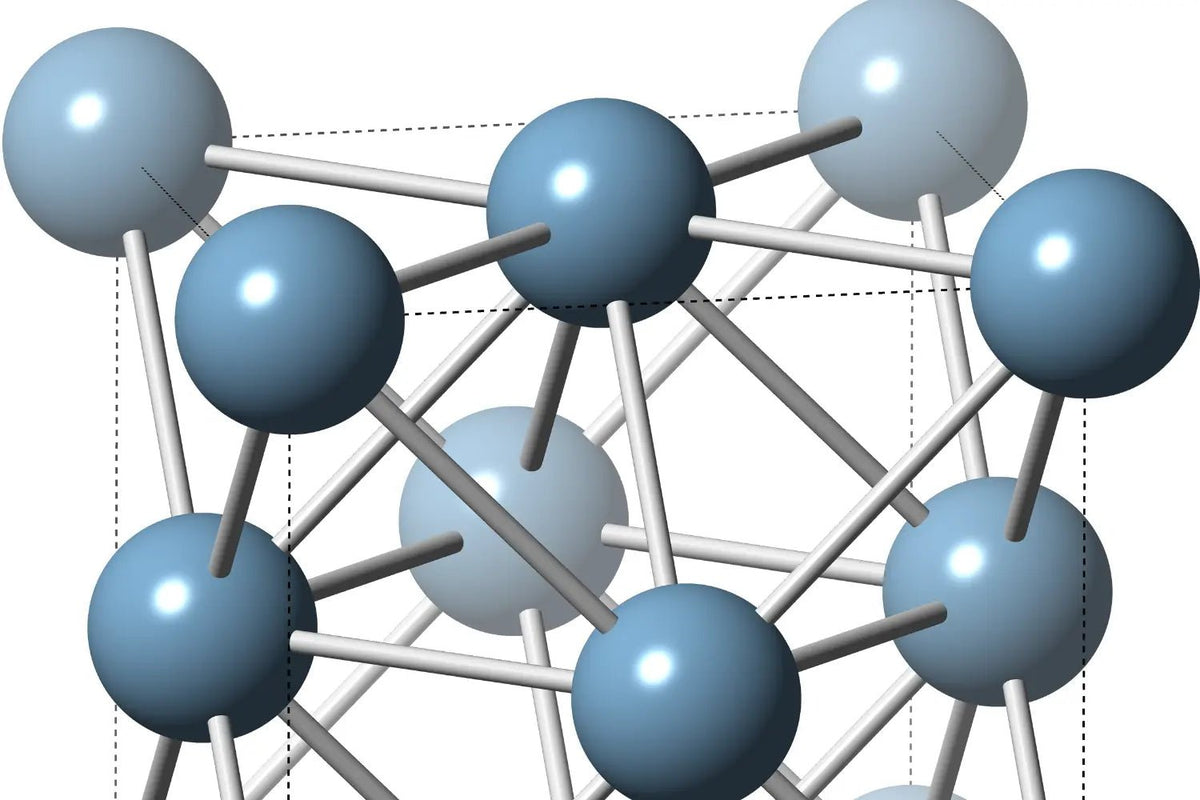
Understanding Crystal Structures and Rock Formation
|
|
Time to read 3 min

|
|
Time to read 3 min
Welcome to Castle Rocks Cornwall’s guide to crystal structures and rock formation.
I decided to write about this because it was one of the very first things I learned before I entered the world of crystal healing. This guide will provide you with a comprehensive understanding of the different crystal structures, the geological processes behind their formation, and the three primary types of rock formation.
Table of Content
Crystals are solid materials whose atoms are arranged in highly ordered, repeating patterns. This unique structure gives them their distinct shapes, colours, and properties. Crystals can form naturally through geological processes or be created synthetically in laboratories.
Crystals can be classified based on their internal atomic arrangement, also known as their crystal structure. There are seven primary crystal systems, each defined by the symmetry and dimensions of their crystal lattices.
Description: The cubic system has three axes of equal length that intersect at right angles. This highly symmetrical structure includes common shapes like cubes and octahedrons.
Examples: Diamond, Pyrite, Halite
Description: The tetragonal system has three axes that intersect at right angles, with two axes of equal length and one that is longer or shorter. This system produces prismatic or columnar crystals.
Examples: Zircon, Rutile, Apophyllite
Description: The orthorhombic system has three axes of different lengths that intersect at right angles. Crystals in this system often appear as elongated prisms or flattened plates. Examples: Topaz, Aragonite, Olivine
Description: The hexagonal system has four axes: three of equal length that intersects at 120 degrees and one axis that is perpendicular to the other three and of a different length. This system often forms hexagonal prisms. Examples: Quartz, Beryl, Corundum
Description: The trigonal system is a subset of the hexagonal system. It has three axes of equal length that intersect at 120 degrees and one axis of a different length that is perpendicular to the others. Trigonal crystals often appear as rhombohedrons or scalenohedrons.
Examples: Calcite, Hematite, Tourmaline
Description: The monoclinic system has three axes of unequal length, with two axes intersecting at an oblique angle and one axis perpendicular to the other two. This system often produces prismatic or tabular crystals. Examples: Gypsum, Orthoclase, Malachite
Description: The triclinic system has three axes of unequal length that intersect at oblique angles. This system has the least symmetry and often forms crystals with irregular shapes. Examples: Kyanite, Rhodonite, Turquoise
Rocks are classified into three main types based on their formation processes: igneous, sedimentary, and metamorphic.
Formation: Igneous rocks form from the solidification of molten magma or lava. When magma cools slowly beneath the Earth’s surface, it forms intrusive igneous rocks with large crystals. When lava cools quickly on the surface, it forms extrusive igneous rocks with small crystals.
Examples: Granite (intrusive), Basalt (extrusive)
Formation: Sedimentary rocks form from the accumulation and compaction of sediments. These sediments can be fragments of other rocks, minerals, or organic material. Over time, layers of sediment are compressed and cemented together, forming sedimentary rocks. Examples: Sandstone, Limestone, Shale
Formation: Metamorphic rocks form from the alteration of existing rocks due to heat, pressure, and chemically active fluids. This process, called metamorphism, changes the mineral composition and structure of the rock without melting it.
Examples: Marble (from limestone), Schist (from shale), Gneiss (from granite)
Crystals can form through several geological processes, each involving specific conditions of temperature, pressure, and chemical environment. Here are the primary methods by which crystals form:
When magma cools slowly underground, the atoms have time to arrange themselves into well-ordered crystals. This slow cooling allows for the formation of large, visible crystals such as those found in granite.
Crystals can form from solutions when minerals dissolve in water and then precipitate out as the water evaporates or cools. For example, halite (rock salt) crystals form when seawater evaporates.
During metamorphism, existing rocks are subjected to high temperatures and pressures, causing the minerals within them to recrystallize into new minerals and crystal structures. This process can produce a variety of crystals, including garnet and staurolite.
Hydrothermal processes involve hot, mineral-rich water moving through cracks and cavities in rocks. As the solution cools or reacts with surrounding rocks, minerals precipitate and form crystals. Quartz and many metallic ores form this way.
Thank you for reading my guide to crystal structures and rock formations. I hope it has given you a deeper understanding of the fascinating world of crystals and their geological origins.
Sign up for our newsletter to receive exclusive offers, updates on new arrivals, and more insights into the world of crystals and geology.



